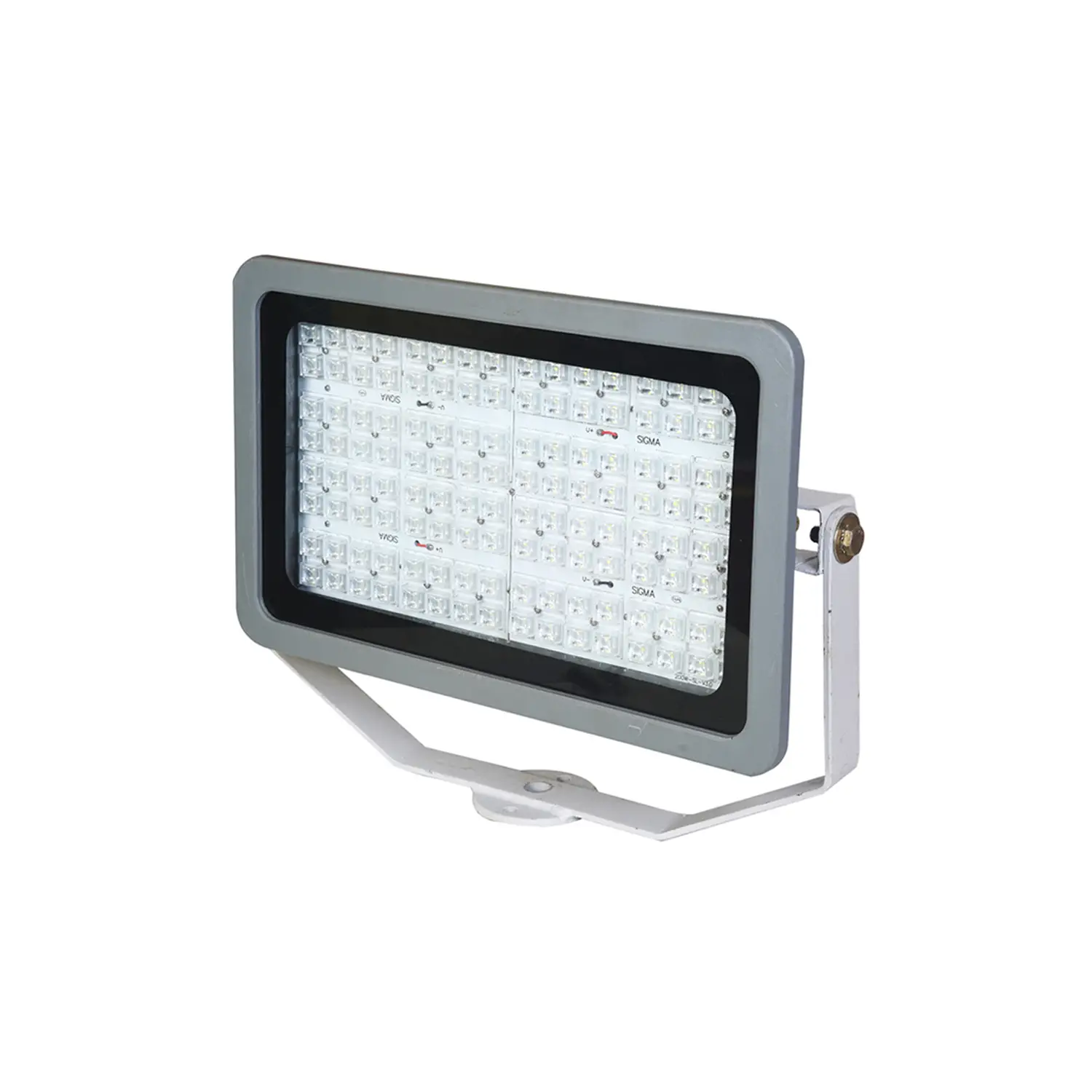Lighting is crucial for illuminating our lives, from homes to workplaces and even the streets. However, the traditional manufacturing practices of light bulbs have been detrimental to the environment and human health. Fortunately, there are companies like this Indian light manufacturer that are revolutionizing the industry with their innovative and sustainable approach. Join us as we explore how they're making a difference and setting an example for others to follow! (Information Credit: Sigma Search Lights Ltd)
The Problem of Light Pollution in India
Light pollution is a growing problem in India. With the country's population and economy booming, more and more people are using artificial light at night. This has increased light pollution, adversely affecting the environment, human health, and astronomy.
The Indian government has taken notice of the problem and is taking steps to address it. In 2016, they released the National Policy on Illumination. This policy aims to reduce light pollution and promote energy-efficient lighting. The government is also working with businesses and organizations to raise awareness about the issue and find ways to reduce light pollution.
There are many simple things that people can do to reduce light pollution. For example, everyone can ensure their lights are pointing downwards and not shining into neighbouring properties or public spaces. By doing this, we can all help make a difference in the fight against light pollution.
The Benefits of LED Lighting
LED lighting has several advantages over traditional incandescent bulbs. LEDs are more energy efficient, last longer, and emit comparatively less heat.
One of the most significant benefits of LED lighting is that it is much more energy efficient than traditional incandescent bulbs, CFL lamps, metal halide lamps and HPSV lamps.LEDs use less power, so you'll save money on your monthly bill for the same illumination. LEDs also last much longer than incandescent and CFL lamps – up to 80,000 hours! This means you won't have to replace your light bulbs nearly as often, saving you even more money in the long run.
Another benefit of LED lighting is that it emits less heat than traditional lightbulbs. Less heat means less risk of fire and makes LED lights more comfortable to be around since they won't make you feel as warm. This makes LEDs a safer option for use in homes and businesses.
Overall, LED lighting is more sustainable and cost-effective than traditional lightbulbs. If you want to save money and reduce your environmental impact, switch to LED lighting today.
The Importance of Sustainable Lighting Solutions
As our population continues to grow, so does the energy demand. And while traditional forms of energy production have their merits, they also come with various environmental concerns. That's why sustainable lighting solutions are so important.
Not only do sustainable lighting solutions help reduce our reliance on fossil fuels, but they also help conserve energy and lower emissions. Studies have shown that sustainable lighting can help reduce carbon dioxide emissions by up to 50%.
But sustainability is about more than just the environment. It's also about social responsibility and economic development. Sustainable lighting solutions can help create jobs and spur economic growth in developing countries. They can also help improve the quality of life for people living in these areas by providing access to clean, safe, and affordable lighting.
How You Can Help Reduce Light Pollution Light pollution is a growing problem in many parts of the world. It affects our ability to see the stars at night and harms wildlife and human health. But there are things we can do to help reduce light pollution. So what are some of the most innovative and sustainable lighting solutions? Here are some tips:
Energy-efficient lighting is one of the simplest and most effective ways to reduce light pollution. Compact fluorescent bulbs (CFLs) and light-emitting diode bulbs (LEDs) use much less electricity than traditional incandescent bulbs and last much longer. So making the switch can save you money and help the environment.
1. Turn off lights when you don't need them. This seems obvious, but it needs to be more noticed. Turn off the lights when you leave a room – even if you'll be back shortly. And at night, keep lights off unless you need them. Not only will this save energy, but it will also minimize light pollution.
2. Use motion sensor lights. Motion sensor lights are another great way to reduce light pollution. These lights only come on when someone or something is moving in their vicinity, so there's no need to leave them on all night long. This is especially useful for outdoor lighting, such as security and porch lights.
3. If you can, shield your lights from the sun. This can be done using a solar panel or light-blocking curtains or shades.
Conclusion
This article has highlighted how innovative and sustainable practices can help to make a difference. The story of the Indian light manufacturer is an inspiring example of what can be achieved when we focus on creating environmentally responsible products that are still affordable for the local market. Sustainable innovation is possible and increasingly necessary if we continue progressing toward a more ecologically conscious society. We hope this article has provided insight into how much change one company can create, even in developing markets such as India.







